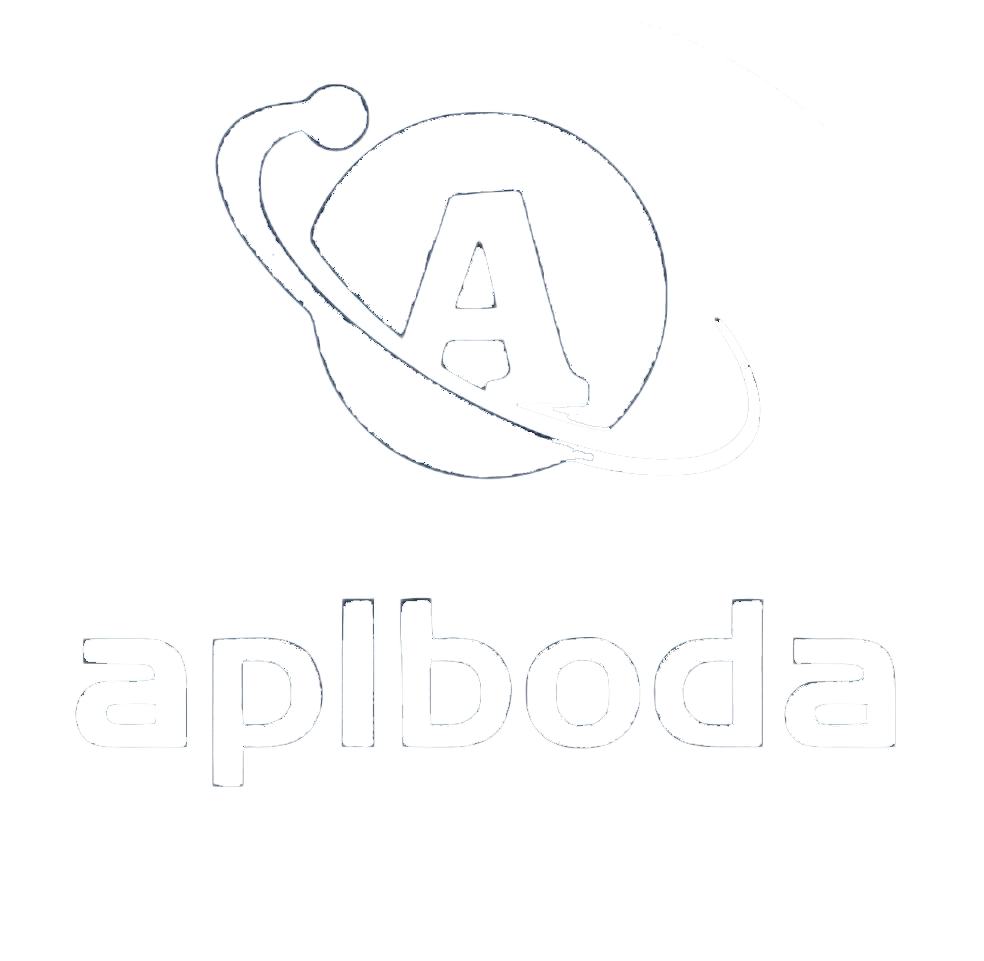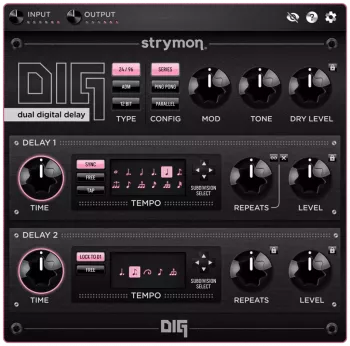Team R2R | June 23, 2025 | 19.1MB
Future rack, classic re-creation
Rack To The Future
In the 1980sRackmount Digital DelayIt opened a new era of audio effects.
These innovative electronic designs not only bring unprecedentedClean delay sound,
MoreUnique and charming sound characteristics.
Decades later, these voices stillUnique and inspiring.
🎛️ The double incarnation of delay — DIG plugin
DIG pluginDiggingThe Soul of Digital Delay, andSplit into two——
It integratesTwo delay engines, equipped with threeClassic delay algorithms from the 80s and modern times,
Delivers captivating vintage rack delay tones.
You can instantly create:
- Intricate synchronized echo rhythms
- A repetitive effect with a strong psychedelic atmosphere, blurring the boundaries between delay and reverb
🧠 Three Soulful Sounds of Digital Delay
Each delay algorithm represents a stage in the development of digital delay:
✦ ADM (Adaptive Delta Modulation)
A single-bit high-sample-rate conversion technique derived from early telecommunications speech coding.
With limiter, pre-emphasis/de-emphasis and other signal processing methods,
It producesStrong sense of attack and wide frequency bandThe greater the delay, the greater the input dynamics and the more distinct the personality.
✦ 12-bit PCM
Based on integrated chip technology developed in the late 1970s,12-bit, 32kHzsampling.
Through pre-emphasis/de-emphasis and companding processing,
ProducedWarm and three-dimensionaldelay sound.
✦ 24/96 Mode
Modern High-Fidelity Delay:24-bit resolution + 96kHz sampling rate,
haveClean, high bandwidth, no coloration, no artifactsThe echo,
And with a subtle dynamic response, it blends perfectly with the dry sound.
✨ Latency isn’t the same for everyone
The "personality" of digital delays comes from different erasLimitations of digital conversion technology and creative solutions.
DIG pluginFaithful restorationThese charming qualities were born inadvertently.
✅ No iLok Authorization Manager required
✅ Faster startup and smaller memory usage




